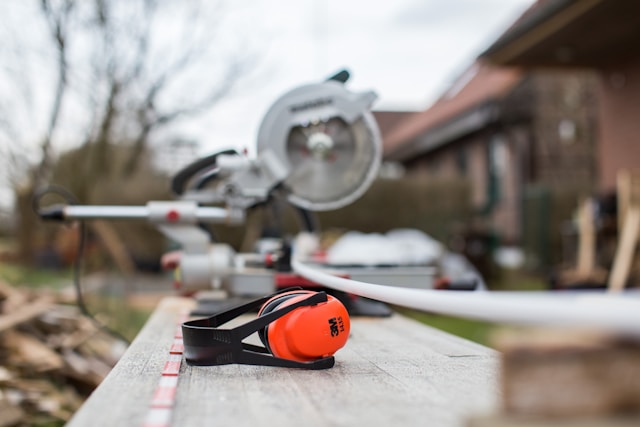Construction sites, while essential for urban development and infrastructure, are often associated with noise, dust, and exhaust fumes, impacting the health and well-being of nearby communities and construction workers. However, the transition towards zero-emission construction sites brings with it the promise of cleaner air, quieter environments, and healthier living and working conditions. This article examines the strategies and technologies employed to mitigate noise and air pollution from construction activities, creating a more harmonious relationship between construction projects and their surroundings.
Introduction
Construction site noise, often generated by heavy machinery, demolition activities, and vehicle traffic, can cause sleep disturbance, stress, and even hearing loss in extreme cases. Air pollution from construction activities, primarily particulate matter (PM) and exhaust emissions, contributes to respiratory problems, cardiovascular disease, and other health issues.
Reducing noise and air pollution from construction sites is not only essential for protecting the health of workers and nearby communities but also for improving the overall quality of life in urban environments. By implementing effective mitigation measures, construction projects can minimize their impact on the surrounding environment and contribute to creating healthier and more livable cities.
Transitioning to Electric Machinery
One of the most impactful ways to reduce noise and air pollution on construction sites is to replace diesel-powered equipment with electric alternatives. Electric excavators, loaders, cranes, and other machinery operate with significantly lower noise emissions and produce zero tailpipe emissions, improving air quality and reducing the health risks to workers and nearby residents.
Electric construction equipment offers several advantages over diesel-powered counterparts, including:
- Reduced Noise Pollution: Electric motors are significantly quieter than diesel engines, reducing noise pollution on construction sites and in surrounding areas.
- Zero Tailpipe Emissions: Electric machinery produces no tailpipe emissions, improving air quality and reducing greenhouse gas emissions.
- Lower Operating Costs: Electric equipment generally has lower operating costs than diesel equipment due to lower fuel and maintenance costs.
Dust and Emission Control Measures
Controlling dust generation is crucial for maintaining air quality around construction sites. Dust particles, particularly fine particulate matter (PM2.5), can penetrate deep into the lungs and cause respiratory and cardiovascular problems. Implementing effective dust control measures is essential for protecting the health of construction workers and nearby communities.
Best practices for controlling dust generation on construction sites include:
- Dust Suppression Systems: Using water sprays, mist cannons, and other dust suppression systems to capture airborne dust particles.
- Covering Stockpiles: Covering stockpiles of soil, sand, and other materials prevents wind erosion and dust dispersal.
- Minimizing Ground Disturbance: Using techniques that minimize ground disturbance, such as hydro-excavation, can reduce dust generation.
- Using Low-Emission Fuels and Technologies: Using low-emission fuels, such as biodiesel or renewable diesel, in diesel-powered equipment can reduce emissions. Employing technologies like diesel particulate filters (DPFs) and selective catalytic reduction (SCR) systems can further reduce particulate matter and nitrogen oxide (NOx) emissions.
Optimizing Logistics and Site Operations
Efficient site planning and logistics can minimize the number of vehicle trips required, reducing traffic congestion, noise, and emissions. Just-in-time delivery of materials ensures that trucks arrive only when needed, reducing idling time and associated pollution.
Optimizing site operations to minimize noise and air pollution involves:
- Efficient Site Layout: Planning the site layout to minimize vehicle movements and optimize material handling.
- Just-in-Time Delivery: Coordinating material deliveries to minimize truck idling time and traffic congestion.
- Optimized Routing: Planning delivery routes to minimize travel distances and time spent in congested areas.
- Using Alternative Transportation Methods: Exploring alternative transportation methods, such as rail or water transport, for large material deliveries.
Conclusion
Creating cleaner and quieter construction sites is not just about complying with regulations; it’s about demonstrating respect for the health and well-being of communities and workers. As the industry embraces sustainability as a core value, adopting technologies and practices that minimize noise and air pollution will be essential for earning the social license to build and creating a more harmonious relationship between construction projects and the communities they serve.


